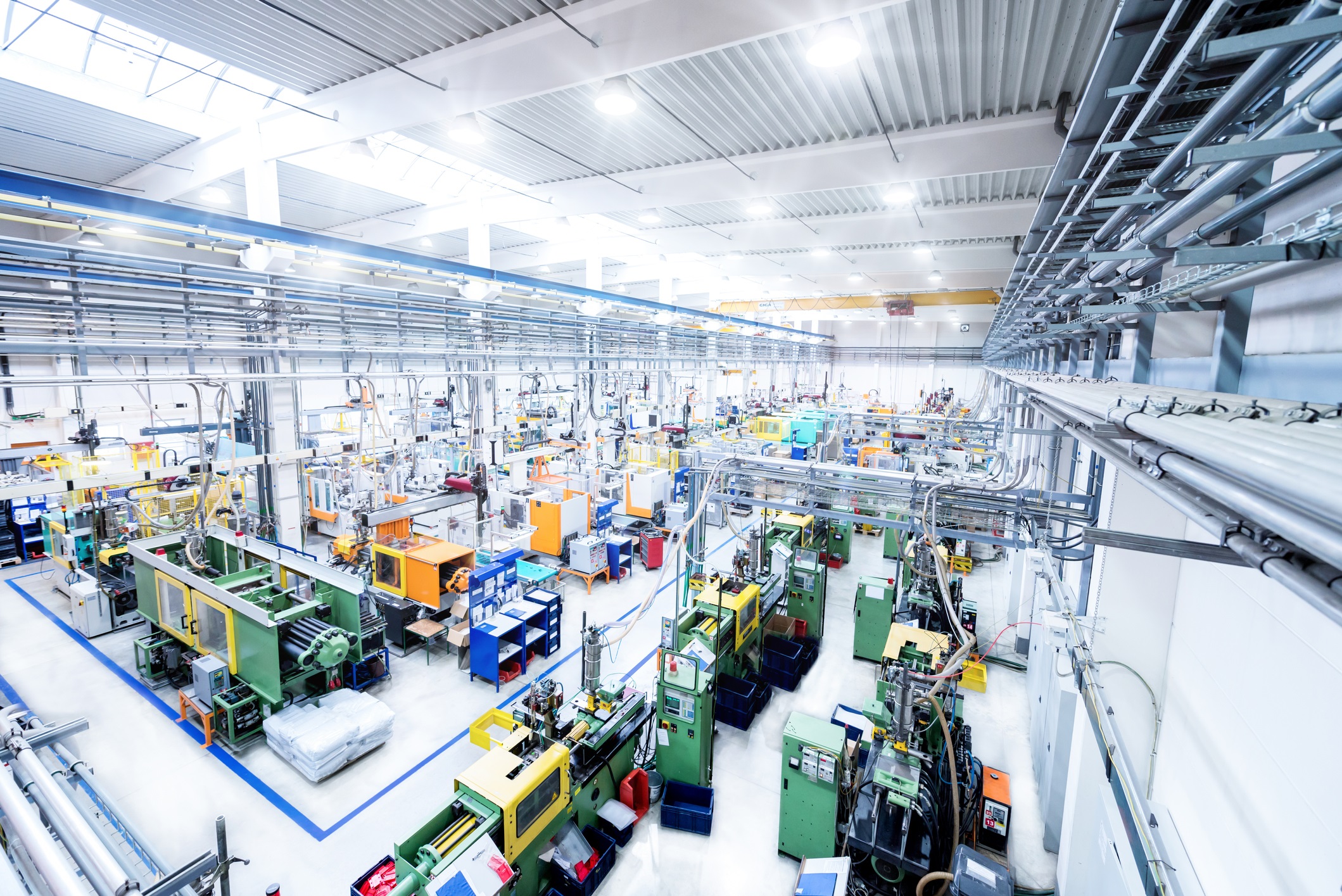May 30, 2019
Additive manufacturing is radically changing the way products are made. What is additive manufacturing? It’s a process that creates a physical object from a digital design using 3D printing technology. Additive manufacturing adds material, layer upon layer, to create a finished product—from a pair of sports shoes to NASA rocket parts.
It is prepared to play a huge role in the future of manufacturing.
Additive manufacturing goes a giant step beyond traditional manufacturing methods. It’s capable of using more complex designs and delivering dramatically better results via a simplified fabrication process. This gives manufacturers increased flexibility and faster production times, which leads to real innovation. Manufacturers can make products that, until now, remained on the drawing board.
The promise of additive manufacturing has always been tremendous. But the promise has been held back by the inability to scale. The question has always been: how do you use this technology to cost-effectively create not just one or two products but hundreds of thousands?
Executives in industrial manufacturing have long recognized that 3D printing could save them billions of dollars in production, but they have faced significant barriers to using 3D printing for large-scale production. But now, with additive manufacturing, it’s becoming possible to produce parts with a strength, speed, and scale similar to injection-molded parts—and do it more cheaply and efficiently.
Here are four game-changing advantages manufacturers will find when they implement additive manufacturing:
1. OPERATE ON A LEVEL PLAYING FIELD
Additive manufacturing lowers the barrier to entry and brings down production costs compared to traditional manufacturing methods. Take, for example, CNC [Computer Numerical Control] machining, which is a process used in the manufacturing sector that depends on computers to control machine tools. There is currently a global shortage of programmers who can operate CNC machines. And, even when they can be found, skilled CNC programmers are very expensive to hire, commanding annual salaries well over $100,000. This made it difficult for small manufacturers to compete with larger rivals.
By contrast, additive manufacturing does not require the same level of skill. Because additive machines are less complex, they’re relatively easy to program and thus cheaper to operate in the long run. What’s more, with additive manufacturing you can program a part in California and have it sent to a factory across the country or on the other side of the world. That’s something very hard to do with other manufacturing methods, which typically require fixtures, tools, and materials to be on site.
2. Easily switch between manufacturing jobs
With additive manufacturing, it’s quick and easy to bring multiple parts onto the same production bed, which means you can seamlessly switch from one manufacturing job to another. Switching out parts on a CNC machine, for instance, can take up to four hours, even for an experienced operator.
But switching parts on a 3D printer can be done in a matter of minutes. This flexibility means you don’t have to waste time and money manufacturing spares. With traditional manufacturing, such as CNC or injection-molding jobs, you usually run an extra 10 percent just in case some parts break or come out faulty. With additive manufacturing, you have the flexibility to simply print any extra parts at the exact time you need them.
3. Quickly respond to demand spikes
Whether you make consumer electronics or basketball shoes, you never know when a huge spike in demand will suddenly hit. And with traditional manufacturing methods, it’s very hard to quickly capitalize on that opportunity. For starters, most manufacturing supply chains are long and convoluted, which makes it hard to turn on a dime and instantly ramp up production.
But additive manufacturing, with its lower tooling requirements, places less strain on the supply chain. So, the time it takes to go from design to customer delivery is much shorter, meaning you can get your products to market faster and in the hands of customers more easily.
4. Deliver greater customization
Consumers increasingly want custom-made products that match their personal lifestyles. The elimination of tooling that comes with additive manufacturing also means that companies can produce more customized parts faster and at lower costs. Additive manufacturing makes it possible to cater more closely to the demands of modern consumers, thanks to its support for low-volume production batches of customized parts and products.
Take, for instance, a special-edition automobile or custom features within that car. It’s now possible to cost-effectively print parts in low volumes for these niche vehicles and give customers exactly what they want.
The next generation of additive manufacturing innovation is poised for fast adoption as companies strive to cut lead times and respond more quickly to customer needs. It is only a matter of time before the world of manufacturing and the products it creates is completely transformed for the better.


